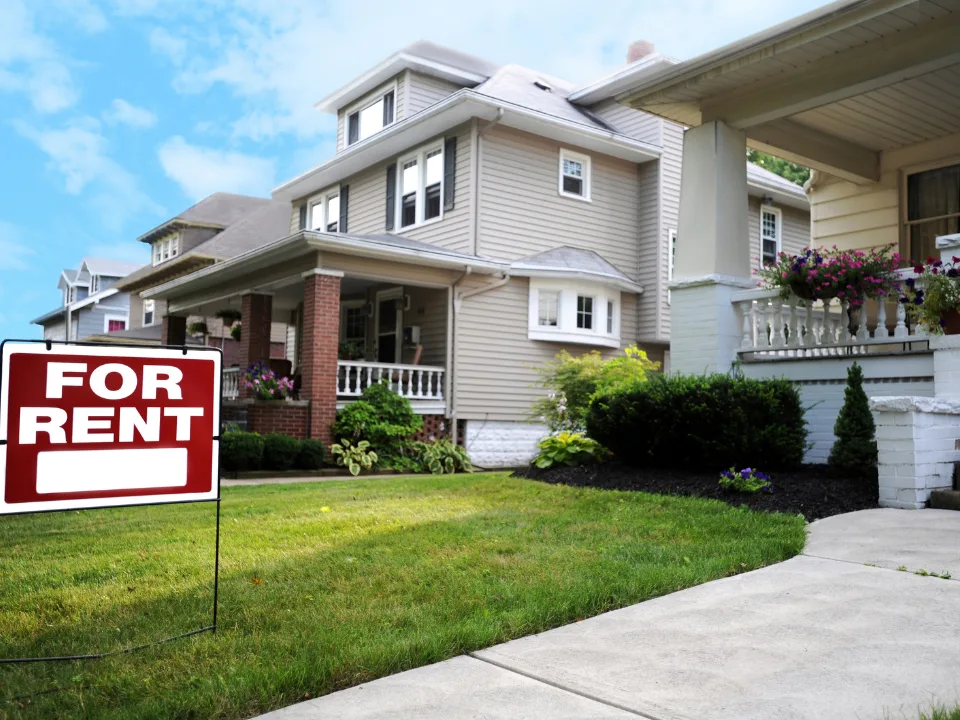Introduction:
While it’s true that investment opportunities can differ from neighborhood to neighborhood, some investors are surprised to learn that sometimes the best deals can be found in smaller, secondary real estate markets.
Key Takeaways:
- Real estate markets are classified as primary, secondary, or tertiary.
- Classifying a market solely based on population size is a limited view.
- Secondary markets have a population of 1–5 million, near major metropolitan areas.
- Secondary markets have above-average population and job growth.
- Affordability and growth potential make secondary markets attractive to investors.
How it Works:
A secondary real estate market typically has a population size of between 1–5 million residents and is located near a primary major metropolitan area.
For example, Austin is considered a secondary market with a population of just over 2.2 million and is located about 2.5 hours by car from Houston and 3.5 hours from Dallas-Fort Worth.
Secondary real estate markets experience above-average population and job growth. Inbound migration is driven by individuals and businesses seeking a smaller city with a lower cost of living, better quality of life, and business-friendly government.
Many secondary markets offer similar amenities to larger primary cities but at more affordable prices. These markets also attract well-paying STEM jobs and entrepreneurs looking for regulatory-friendly cities.
Housing prices and rents show strong growth in secondary real estate markets, but remain relatively affordable.
As new properties become available, they are quickly absorbed by real estate investors and tenants, with rising demand for rental properties helping to maintain high occupancy rates.
Key Components:
- Population size of 1–5 million near a major metropolitan area.
- Above-average population and job growth.
- Affordable housing prices and rents.
- Strong demand for rental properties.
Benefits:
- More affordable home prices and lower cost of living and doing business compared to larger markets.
- Potential increase in demand as more companies allow permanent remote work options.
- Different levels of risks and rewards in each secondary market.
Takeaway:
Investing in secondary real estate markets can provide unique opportunities for investors seeking affordability and growth potential.
These markets offer attractive housing prices, above-average population and job growth, and strong demand for rental properties.
However, it’s important for investors to analyze each secondary market individually and consider the potential risks and rewards.
Working with experienced professionals in the real estate industry can help navigate these markets and make informed investment decisions.
Disclaimer: The information on this website, including glossary definitions, is for educational and informational purposes only and not intended as professional advice. While we strive for accuracy, we make no guarantees regarding the completeness, reliability, or timeliness of the information provided. We are not liable for any loss or damage arising from your use of the site. Investment decisions in commercial real estate should be made based on individual due diligence and professional advice. Laws and regulations are subject to change; always consult legal and financial experts before making decisions.
Sources:
https://learn.roofstock.com/blog/secondary-market-real-estate









